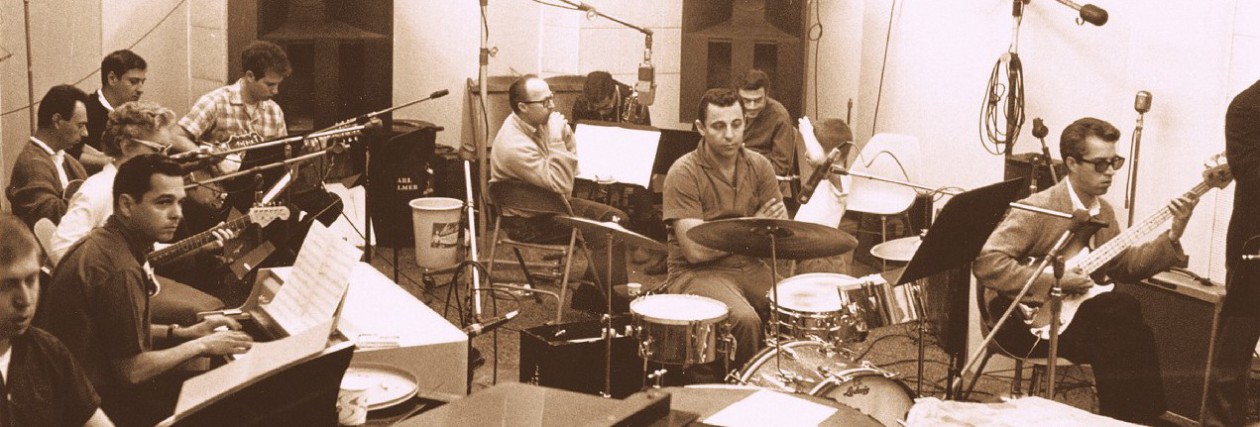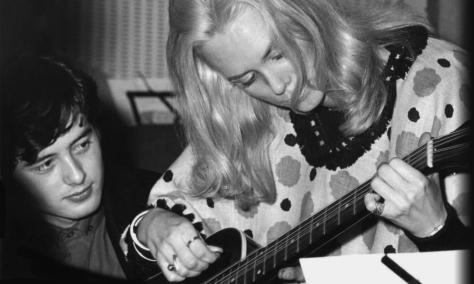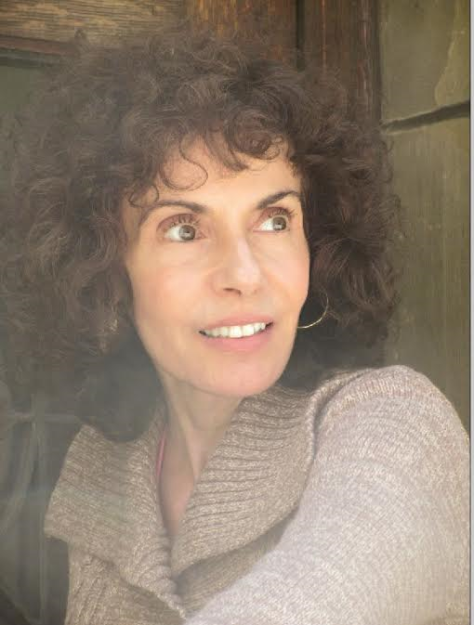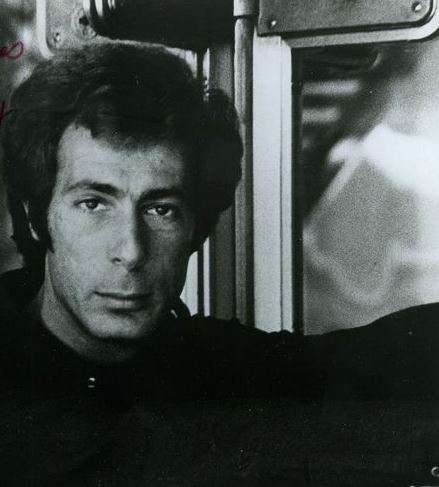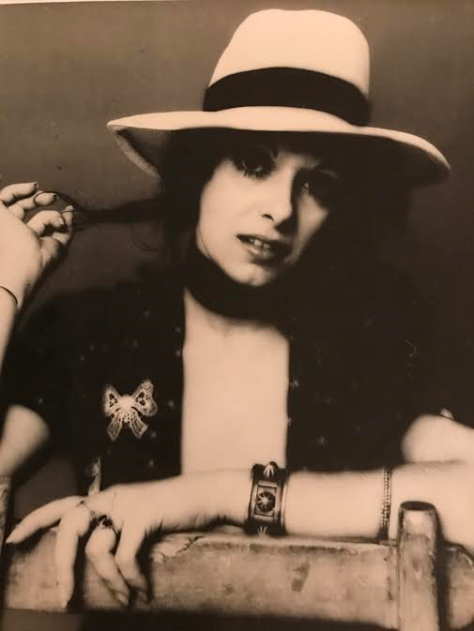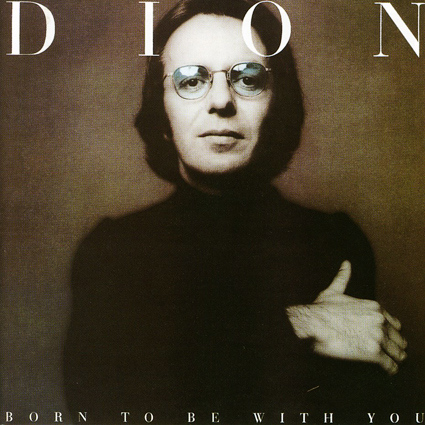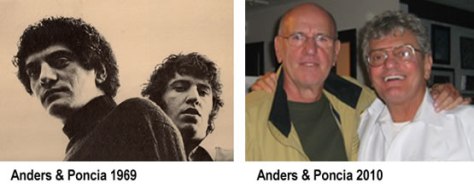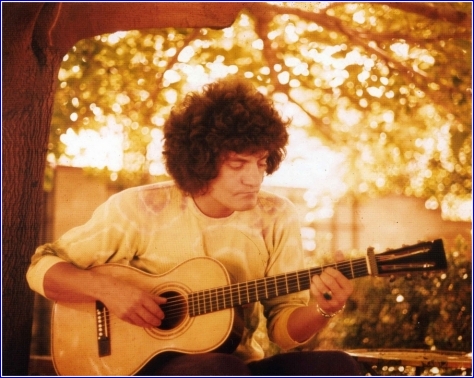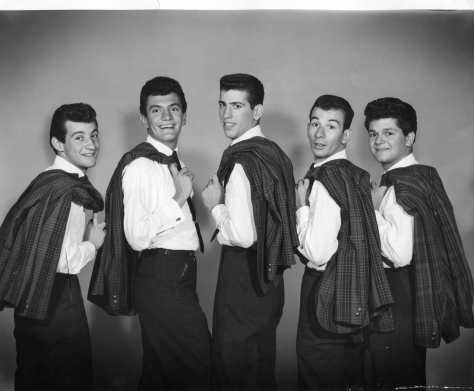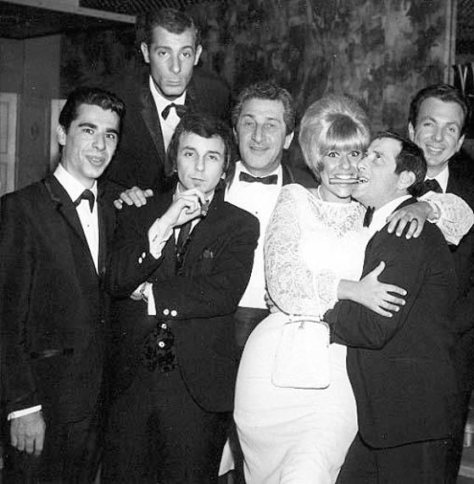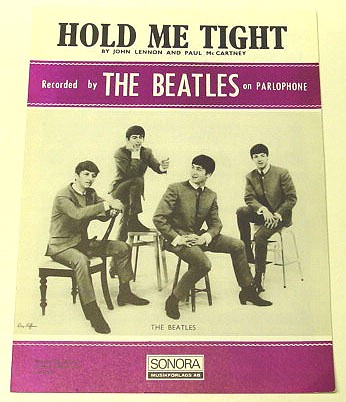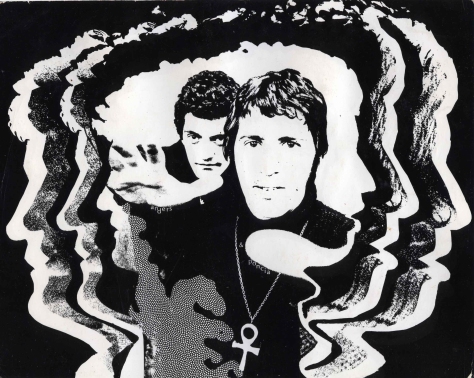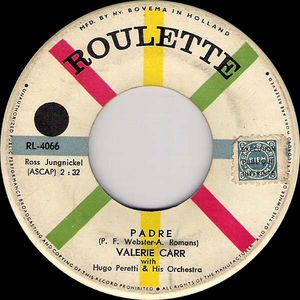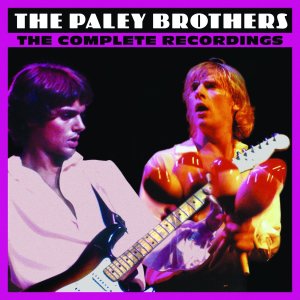Three years ago, in my ongoing feature on ‘Would-be Spectors’, I wrote about the importance of Jack ‘Specs’ Nitzsche for the Wall of Sound. Without the arranging skills of Nitzsche as well as his widespread contacts within the LA music business, who knows how big an impact Spector’s productions would have had?
You can read the blog post here: https://cuecastanets.wordpress.com/2014/12/13/would-be-spectors-3-jack-nitzsche/
In my blog post I mentioned an upcoming documentary about Nitzsche that was seemingly in the works. I never heard more about it and assumed the project had come to a stand-still. Recently though, I was contacted by the director Kristian St. Clair from Century67 Films with the good news that the documentary was nearing completion. I was all ears and eager to learn more about this project and luckily, Kristian was more than willing to answer questions for an interview for Cue Castanets.

I think we can look forward to a very interesting documentary about one of the unsung heroes of the music industry, – and here I’m both thinking in terms of Nitzsche himself as well as the arranger in a broader sense. Here’s what Kristian had to say about Nitzsche and the documentary about him.
——————————————————-
First off, could you tell a bit about your background in filmmaking? I know you produced a similar music documentary on jazz artist Gary McFarland prior to focusing on Jack Nitzsche?
I majored in journalism at the University of Washington here in Seattle, WA, where I dabbled in short documentaries. At the time I started the McFarland documentary in 2000, digital non-linear filmmaking was breaking out of the realm of professional post production houses and into the hands of average consumers.
I wanted to make a feature-length film, and a documentary seemed like the best genre that I could legitimately pull off with the least amount of resources available.
What prompted you to set your sights on Nitzsche? What about his story ‘lured you in’, so to speak?
Jack Nitzsche was an artist I organically discovered collecting records of other artists I was fascinated with. First, was Randy Newman which led me to the Nitzsche co-produced track “Let’s Burn Down the Cornfield” on 12 Songs, and then, of course, his soundtrack to “Performance.”
Also, my love of all things Beach Boys & Brian Wilson, led to a deeper appreciation of Phil Spector’s legacy, which then lead directly to Jack and “The Lonely Surfer.”

I was constantly surprised to see just how many artists he worked with and how his name would pop up seemingly everywhere. I always like to tell people he’s the only producer to work with both Doris Day and The Germs!
How did you first learn about Nitzsche’s work? Any particular arrangements / productions / recordings that sparked your interest in him?
“Let’s Burn Down the Cornfield” from Randy Newman’s 12 songs, casts such a dark and cinematic spell.
Lenny Waronker describes in my film how Randy originally played it in a much faster arrangement with a more rollicking piano part, and it was Jack (who also brought along Ry Cooder) who suggested that he slow it down.
He tried something similar to a lesser effect on The Everly Brothers’ rendition of Neil Young’s “Mr. Soul” (also featuring Ry Cooder).
So, you decide to take on the task of documenting his background and career. What was your first steps? How did you go about making this initial idea come into fruition?
Martin Roberts who maintains the wonderful Jack Nitzsche website on Spectropop put me in touch with Jack Nitzsche, Jr. He watched my Gary McFarland doc and agreed to meet.
We first met at Musso & Frank’s in Hollywood along with another of Jack Nitzsche’s old pals, the artist Hudson Marquez, and I apparently made a good enough impression that he gave my film project his blessing.
Could you roughly describe the timeline covered in the documentary? Does it cover Nitzsche’s whole life / career or are there parts you skip? Who have you interviewed along the way?
For the most part it covers beginning to end, with the main middle portion of the film focusing on the period of Phil Spector through to his collaborations with Neil Young. An incredible run of music in it’s own right, and he still had a 3rd act as an Oscar-winning film composer!

Interview participants (so far) include Keith Richards, Ry Cooder, LaLa Brooks, Buffy Sainte-Marie, Jackie DeShannon, Rod McKuen, Jeff Barry, Don Randi, Hal Blaine, Carol Kaye, Lenny Waronker, Russ Titelman, HB Barnum, William Friedkin, Marianne Faithfull, Toni Basil, Robert Downey, Sr., Milos Forman, Andrew Loog Oldham, and many other close friends and collaborators.
I think I recall that UK-based Ace Records had access to Nitzsche’s session diaries when they compiled their three Nitzsche compilations. Did you gain the same access?
Yes, I’ve had full access to Nitzsche’s diaries, journals, photos, recordings, etc.

Are there any anecdotes from the process of researching, interviewing and producing the documentary that you’d like to share with us?
Jack was fascinated with voodoo and the occult, so one of his favorite possessions was a small lock from the tomb of Marie Laveau. There’s not a lot of archival footage of Jack around, but I was reviewing some 8mm home movies, and sure enough, there’s a clip of Jack in the 1970’s trying to pry the thing lose from her tomb!
How much does the documentary deal with what some would see as Nitzsche’s golden era, the early-to-late 60s?
Easily 1/3 if not a bit more of the film will focus on this, though I’d extend that golden period to include his early seventies collaborations with Neil Young and early film scores like “One Flew Over the Cuckoo’s Nest.”
Seeing that Cue Castanets is focused on the Wall of Sound, I’d love to hear your opinion on the extent of Nitzsche’s role in developing the sound? Based on what you’ve learned through your research and interviews,…. Spector and him certainly seemed to have a rocky working relationship that soured along the way…
David Kessel described Jack Nitzsche as the architect of the Wall of Sound. I think Jack was able to take Phil’s grandiose ideas and concepts and put them on paper and make them come to life in a way that matched what Phil heard in his head. Phil knew what he wanted but didn’t necessarily have the arranging skills to achieve that.

It’s interesting hearing outtakes of Phil in the studio, there’s one point where he’s trying to explain something to one of the musicians and is having trouble getting his point across and finally out of frustration he says “Jack, tell him what I mean!” I think that pretty much sums up their working relationship.
I don’t get the sense there was a falling out per se, they just naturally drifted apart after the failure of River Deep, Mountain High, which also coincided with Jack’s rise as an independent producer and arranger for hire.
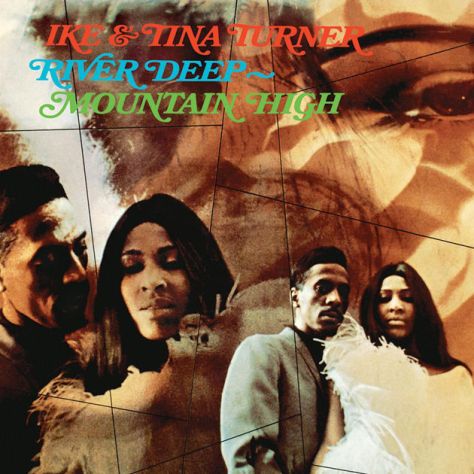
Hudson Marquez recalled that at Jack’s funeral service, Phil Spector spoke and said “Without Jack Nitzsche, there would have been no Wall of Sound,” and he’s right!
What surprised you the most about Nitszche after researching his story and interviewing those in the know?
Although he had this reputation as being incredibly difficult (which is probably putting it mildly), he was, of course, a very gentle soul who constructed this facade as a defense mechanism. He also had an incredible sense of humor, some of which I hope will come through in this film.
What has been your biggest challenge working on this project?
Any film about someone from this era is a race against time. My biggest disappointment was, although Willy DeVille agreed to an interview, his health took such a rapid decline (cancer), that we weren’t able to get it done. He’s still a big presence in the film due to footage of Jack & Willy hanging out in a NYC hotel room, but I still would have loved to have his first-hand commentary.
What are your plans for the finalized documentary? Where can Cue Castanets readers see it?
We completed a rough cut this past August and hope to have a final cut ready to submit to film festivals by Spring 2018.
Any similar projects in the works? Or, at least, ideas for something along the lines of your two documentaries?
A few ideas, but nothing concrete yet. Just trying to push this one over the finish line!
Well, no matter what topic you take on next, I wish you good luck and look forward to enjoying the Nitzsche documentary.
Finally, I always conclude my interviews by asking people to list their top 5 Spector productions. If you’d like to chime in, please do so – at the very least, I hope you’d share with us your personal top 5 of Nitzsche-involved tracks.
I’ll give you 2 Top 5’s my top 5 Spector/Nitzsche tracks, and top 5 Nitzsche tracks:
Top 5 Spector/Nitzsche collaborations:
- Then He Kissed Me – The Crystals
- River Deep, Mountain High – Ike & Tina Turner
- Baby, I Love You – The Ronettes
- Do I Love You? – The Ronettes
- This Could Be the Night – The Modern Folk Quartet
Top 5 Nitzsche Productions:
- The Lonely Surfer – Jack Nitzsche
- Expecting to Fly – Buffalo Springfield/Neil Young
- When You Walk in the Room – Jackie DeShannon
- If I Only Had a Dime – The Furys
- Dirty Dirty – Crazy Horse
